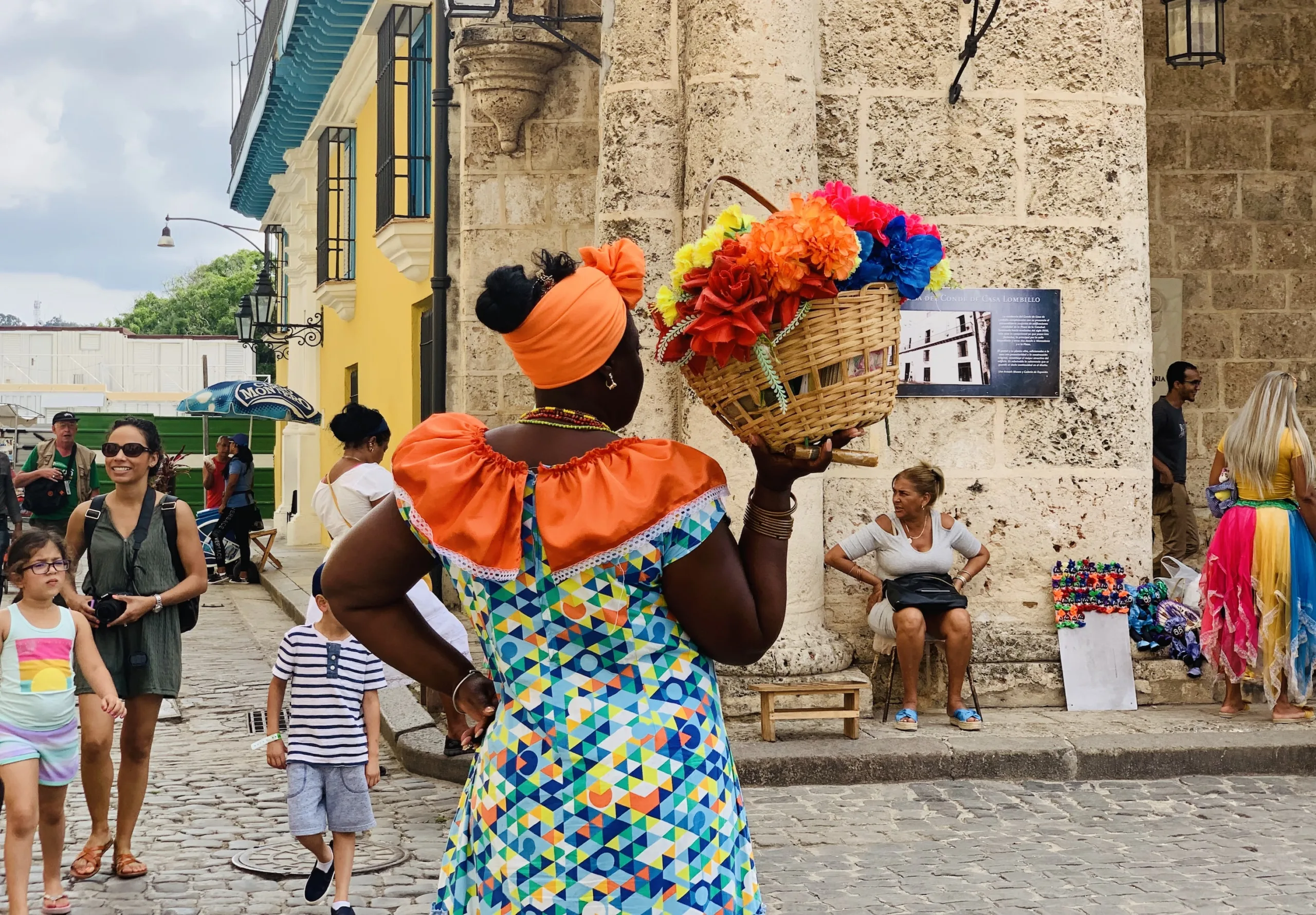The intricate tapestry of dance forms that have emerged from Cuba is both captivating and complex, with each style telling a unique story. Among these is the vibrant Rumba Guaguancó, a dance that pulsates with energy, narrative, and deep African roots. But what exactly is Rumba Guaguancó, and why is it so integral to Afro-Cuban culture? Let’s embark on a journey to understand the soul of this dance.

Origins and History
Rumba Guaguancó, commonly referred to as simply Guaguancó, is one of the primary styles of Cuban Rumba. It has its roots in the African traditions brought over by enslaved people, primarily from West and Central Africa. Over time, these traditions melded with Spanish influences and the indigenous sounds of the island, culminating in a unique Afro-Cuban expression.
Musicality
The unmistakable rhythm of the Guaguancó is produced by three drums known as the tumbadoras or congas. These range in size from the larger “tumba” to the smaller “quinto,” with each drum providing a different tonal layer to the rhythm.
Apart from the drums, other instruments like the claves (wooden sticks) and the palitos (sticks beaten against the body of one of the drums) provide a complementary rhythm, producing the polyrhythmic heartbeat of the Guaguancó.
The Dance
The dance of Guaguancó can be described as a playful, flirtatious, and narrative game between a man and a woman. The male dancer, or “gallo,” tries to “catch” his partner, the female dancer, or “gallina,” with a vacunao—a suggestive pelvic thrust. The female, in turn, deflects or avoids these advances using her skirt or hands in a dance move called “deshibe.”
It’s a theatrical representation of courtship, filled with sensuality, where the male is the pursuer, and the female plays the elusive, sometimes teasing, sometimes confrontational, counterpart. The dance is dynamic, spontaneous, and deeply rooted in African traditions of storytelling through movement.
Cultural Significance
Rumba Guaguancó holds immense cultural significance as it serves as a testament to the resilience and creativity of the Afro-Cuban community. Despite the hardships and oppressions faced, the community birthed a dance form that celebrates life, love, and the human spirit.
Furthermore, Guaguancó is more than just a dance or a musical style—it’s a communal activity. In many Cuban neighborhoods, one might come across spontaneous Rumba gatherings, known as “toques de rumba,” where the community comes together to dance, sing, and celebrate life.
Modern Influence
While rooted in tradition, Guaguancó has not remained static. It has influenced, and been influenced by, various other dance forms and music genres. Contemporary musicians and dancers incorporate elements of Guaguancó into their work, ensuring that this rich tradition continues to evolve and resonate with newer generations.
In Conclusion
Rumba Guaguancó is a living testament to the rich tapestry of Afro-Cuban culture—a dance form that encapsulates history, passion, and a deep connection to roots. Whether you’re a dancer, a music lover, or simply someone curious about world cultures, the infectious rhythms and captivating movements of Guaguancó are bound to leave an indelible mark on your heart.
